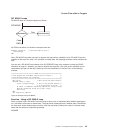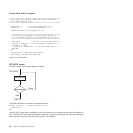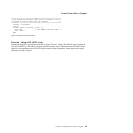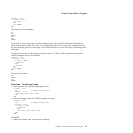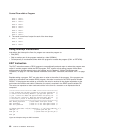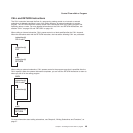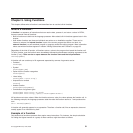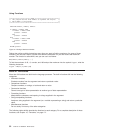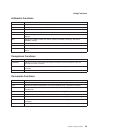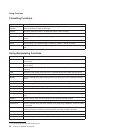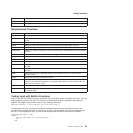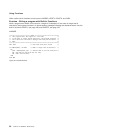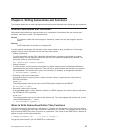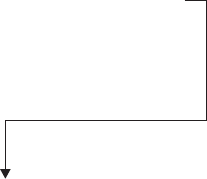
SIGNAL Instruction
The SIGNAL instruction, like CALL, interrupts the usual flow of a program and causes control to pass to a
specified label. The label to which control passes can be before or after the SIGNAL instruction. Unlike
CALL, SIGNAL does not return to a specific instruction to resume execution. When you use SIGNAL from
within a loop, the loop automatically ends. When you use SIGNAL from an internal routine, the internal
routine does not return to its caller. For more detailed information on the SIGNAL instruction, see section
“SIGNAL” on page 164.
In the following example, if the expression is true, then the language processor goes to the label
Emergency: and skips all instructions in between.
Emergency:
instruction(s)
IF expression THEN
SIGNAL Emergency
ELSE
instruction(s)
SIGNAL is useful for testing programs or providing an emergency course of action. It should not be used
as a convenient way to move from one place in a program to another. SIGNAL does not provide a way to
return as does the CALL instruction described in the previous topic.
For more information about the SIGNAL instruction, see page 86 and section “SIGNAL” on page 164.
Control Flow within a Program
50
CICS TS for VSE/ESA: REXX Guide




